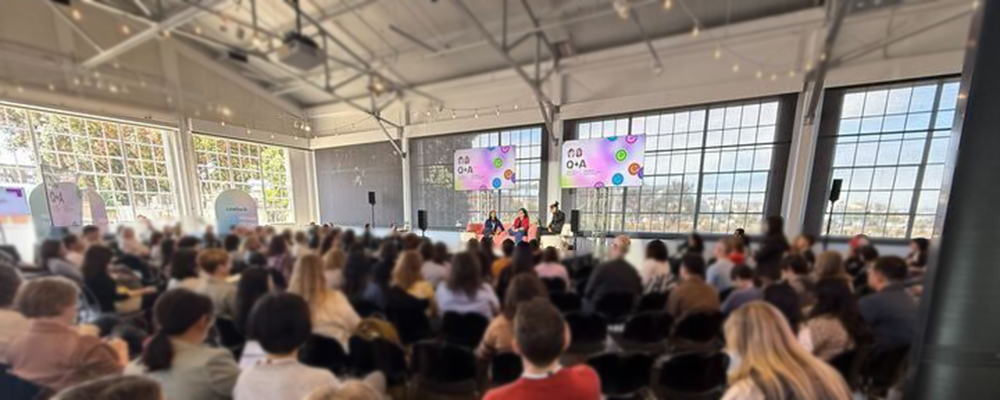At the recent Toronto edition of the Insights Exchange, research leaders from brands like Crave, Arc’teryx, and others gathered to share how they’re navigating a world of constant change. While challenges like speed, scale, and complexity persist, the conversation revealed a clear shift in how organizations are approaching customer insights.
Here are three trends reshaping the role of insights today
1. Speed and Specificity Must Coexist
The demand for fast answers isn’t new—but teams are realizing that speed without specificity is noise. General population panels can deliver quick feedback, but when questions get nuanced, you need a reliable group of the right people. That’s where owned communities are proving their worth.
Crave shared how their subscriber community allows them to ask highly targeted questions, respond to new challenges in real time, and even adjust research on the fly—turning reactive requests into near-proactive impact.
“You don’t just move faster—you move smarter when you’re asking the right people the right questions.”
AI is accelerating backend analysis too, helping teams surface patterns in open-ends, cluster sentiment, and cut through data overload. But it’s a complement, not a replacement—teams emphasized the need for human review to ensure accuracy and insight quality.
2. Communities Are Driving Connected, Continuous Insight
One-off studies can’t keep up with the pace of change. Today’s research leaders are shifting toward always-on insight ecosystems—with owned customer communities at the center. These platforms allow for ongoing engagement, smarter segmentation, and the ability to revisit audiences over time.
Arc’teryx spoke about the flexibility of using their Alida community for everything from global segmentation studies to advanced pricing research. Crave emphasized how tailoring content to community interests (like favorite shows or genres) helps keep engagement high—and feedback rich.
“If you’re only hearing from customers once, you’re missing the full story. Communities let you build relationships, not just datasets.”
Communities also help teams stay nimble: re-surveying a niche group, following up on new hypotheses, and tying research to behavior over time.
3. Insights Are Moving From Data to Direction
Research teams are no longer seen as report creators—they’re strategic operators. Whether it’s informing product positioning, evaluating market trends, or helping stakeholders say no to the wrong bets, insights are becoming core to decision-making.
Arc’teryx shared how mixed-method research and persona development are driving internal alignment across brand, UX, and product teams. Crave noted that qualitative feedback from subscribers helps humanize the data—leading to stronger storytelling and executive buy-in.
“Data matters. But what resonates in the boardroom is a real customer quote, tied to a real business question.”
The takeaway? It’s not just about collecting more data—it’s about connecting it, contextualizing it, and using it to drive smart, human-centered action.
Final Thought: Research Isn’t Slowing Down—It’s Leveling Up
The Toronto Insights Exchange showed that the most forward-thinking teams aren’t chasing trends—they’re building
infrastructure for insight at scale. That means faster feedback, smarter segmentation, and stronger storytelling. And above all, it means staying relentlessly focused on what customers actually want.
Because at the end of the day, the most powerful research isn’t about numbers—it’s about real people.
Stay tuned to hear about more Alida hosted Insights Exchanges!







